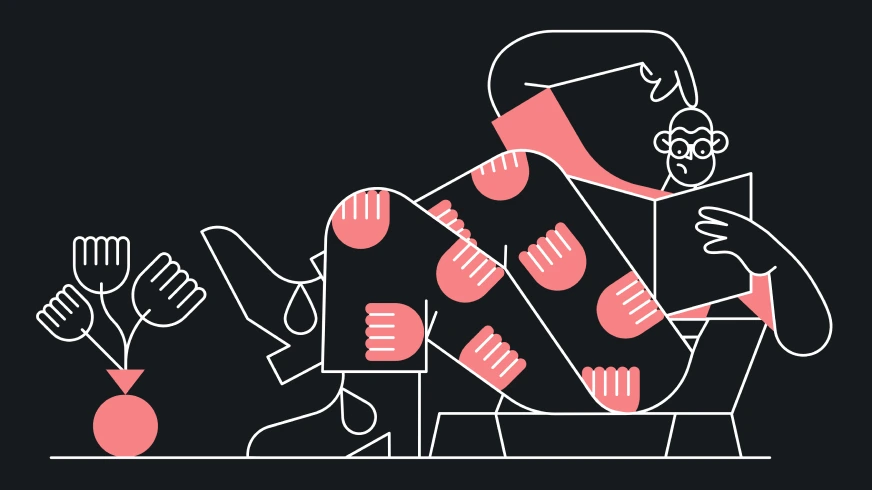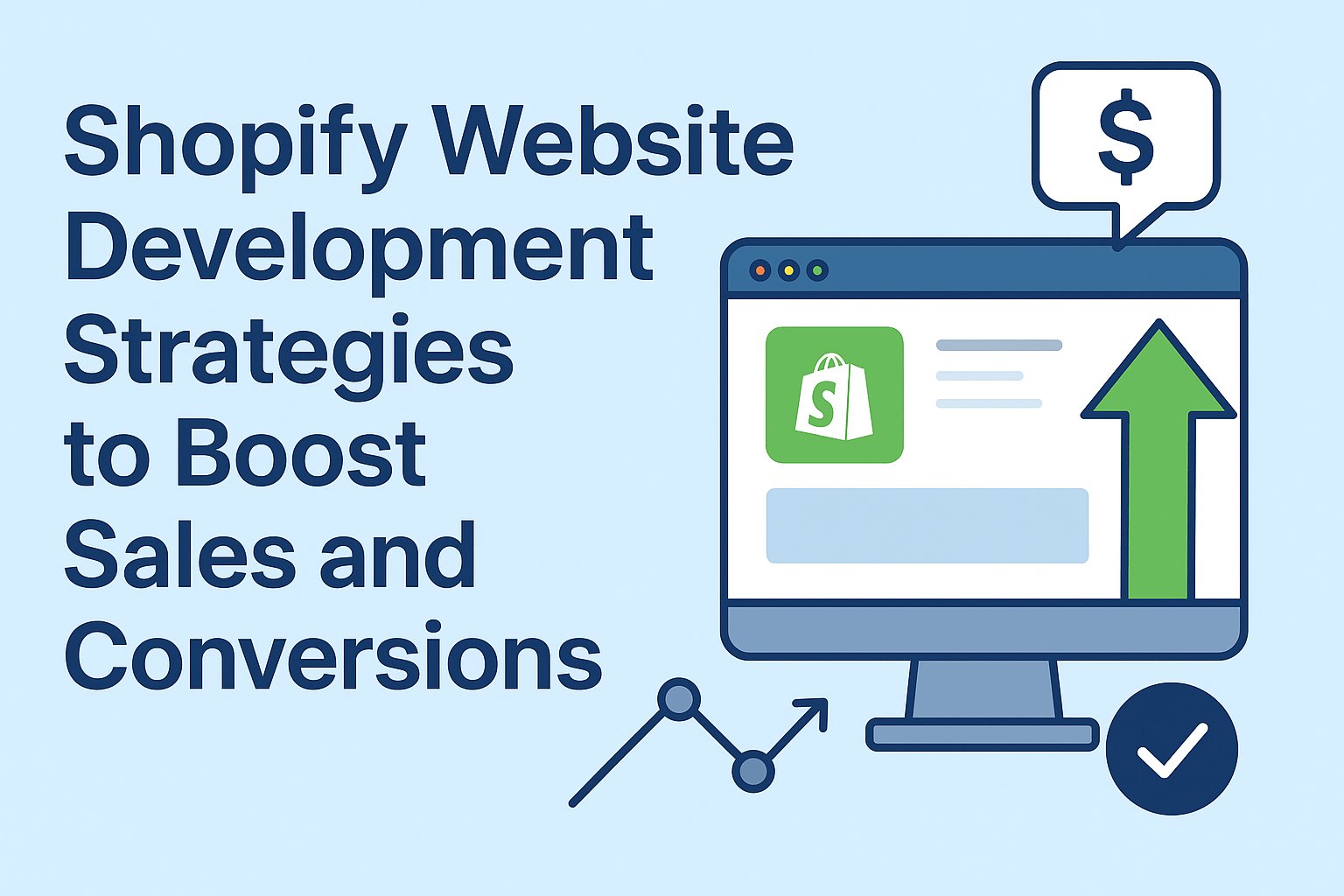
Shopify Website Development Strategies to Boost Sales and Conversions
Running a Shopify store is an exciting venture, but many business owners quickly discover that launching an online store is only the first step. The real challenge is converting visitors into paying customers. That’s where effective Shopify Website Development strategies come into play.
A well-structured Shopify site that looks good and focuses on sales can make a big difference. At Digital Octane, we help businesses build, improve, and scale their Shopify stores. We focus on design, functionality, and sales strategies, so your store looks good and gets results.
In our previous article, we talked about the pros and cons of Shopify web development for online shops. Building on that foundation, we’ll now focus on practical strategies that help you overcome challenges and boost results. In this article, we’ll walk through key Shopify website development tactics you can use to increase conversions, boost sales, and maximize the value of every visitor to your store.
1. Optimizing Your Shopify Store Design
Before trying to increase traffic to your Shopify store, confirm that your website is designed for conversions. Think of your website as a digital storefront; if it has poor design or is hard to use, visitors are unlikely to buy something.
Homepage
Your homepage is often the first impression customers get. It should:
- Feature high-quality images and videos that show your brand and products.
- Be structured logically, guiding users to product collections, categories, or promotions.
- Use bold contrast and clean design to keep visitors engaged.
Integrating shoppable videos onto your homepage is a strong way to boost user engagement. By using short clips similar to those found on TikTok or Instagram, customers can easily learn about and buy items within the video itself. Studies show that video can increase conversions by up to 80%, making it a must-have for modern eCommerce.
Product Page Optimization
Each product page should be designed with conversion in mind. That means:
- Custom layouts that highlight product benefits.
- High-quality visuals must show the product from different angles or in use.
- Descriptions that are interesting to the target customer.
- Customer reviews and testimonials for trust-building.
Including shoppable videos on product pages, especially when customers are close to making a purchase, can help keep their attention and make the buying experience feel more real.
2. Gamification: Making Shopping Fun
Gamification is one of the most effective ways to keep customers engaged and coming back. By turning the shopping process into a rewarding experience, you tap into the natural human drive for achievement and fun.
Rewards Programs
Implementing a loyalty system encourages repeat purchases. Customers earn points for:
- Creating accounts
- Making purchases
- Referring friends
- Leaving reviews
- Sharing on social media
Each interaction strengthens their relationship with your brand while creating a dopamine-driven reward loop that keeps them engaged.
Spin-to-Win Popups
Gamified popups, such as “Wheel of Fortune” discount spinners, are another way to capture attention. Instead of just giving a coupon, these tools let visitors win a discount, making them more likely to use it.
When Digital Octane helps clients add gamification to their Shopify stores, we try to balance fun with good planning. The aim is not just to get people involved, but to get them to buy more and stick around.
3. Leveraging Customer Reviews
Trust is critical in eCommerce. People often check what others think before they buy something. That’s why reviews are so vital for Shopify website development.
If you set up automatic review requests with tools such as Omnisend, buyers are asked to give comments after buying. Good reviews create trust, and real customer content offers genuine details that can boost conversions.
4. Split Testing and Offers
Testing is key in eCommerce. Simple changes to offers, prices, or page layout can greatly change sales numbers.
A/B Testing Pricing and Offers
For example, raising product prices a bit may sometimes lift sales because of perceived value – customers may associate a higher price with higher quality. Similarly, testing offers like “Buy One, Get One Free” or “Bundle Discounts” can point out what your audience likes best.
Creating Attractive Offers
Compelling offers are often the missing ingredient in struggling Shopify stores. With the right bundling and discounts, you can encourage customers to buy more. Apps like Fast Bundle make it easy to create combinations, upsells, and discounts directly in your store.
5. Driving Traffic to Your Shopify Store
Once your Shopify website is optimized for conversions, the next step is traffic generation. There are two main strategies: SEO (Search Engine Optimization) and Paid Ads.
Search Engine Optimization (SEO)
SEO ensures that your store ranks higher in search results, bringing in organic traffic without ongoing ad costs. Key SEO strategies include:
- Optimizing product titles and descriptions with relevant keywords.
- Ensuring fast load speeds (ideally under 3 seconds).
- Writing blog content targeting your audience’s interests.
- Using apps like SEO Ant to automate improvements and keyword integration.
Blogging is an especially powerful Shopify website development strategy. By creating keyword-rich content around your niche, you can position your store as a trusted authority and drive long-term organic traffic.
Paid Advertising
While SEO builds long-term growth, paid ads deliver immediate traffic. Platforms like TikTok, Instagram, and Google Ads allow you to target highly specific audiences.
However, ads are only effective if your website is optimized first. Otherwise, you risk wasting money on traffic that doesn’t convert.
6. The Role of Analytics and Testing
Every Shopify store is unique, and what works for one business may not work for another. That’s why analytics and testing are non-negotiable.
- Track metrics like bounce rates, time on page, and conversion rates.
- Identify which products and promotions drive the most engagement.
- Replicate strategies that work, and adjust or eliminate those that don’t.
Using Shopify’s built-in analytics tools – or third-party apps – you can get a clear picture of customer behavior and refine your store accordingly.
Final Thoughts
Boosting sales and conversions on Shopify isn’t about a single tactic – it’s about a comprehensive approach that blends Shopify Website Development. From optimizing product pages to gamifying the shopping experience, implementing reviews, creating irresistible offers, and driving quality traffic, every piece of the puzzle matters.
The key takeaway is simple: a Shopify store is only as strong as the strategies behind it. By focusing on website design, functionality, and customer psychology, you can significantly increase conversions and revenue.
At Digital Octane, we’re here to help you every step of the way. Whether you’re launching your first Shopify store or scaling an existing one, our expertise ensures that your website is not just a storefront – but a powerful tool for growth.
You may also like
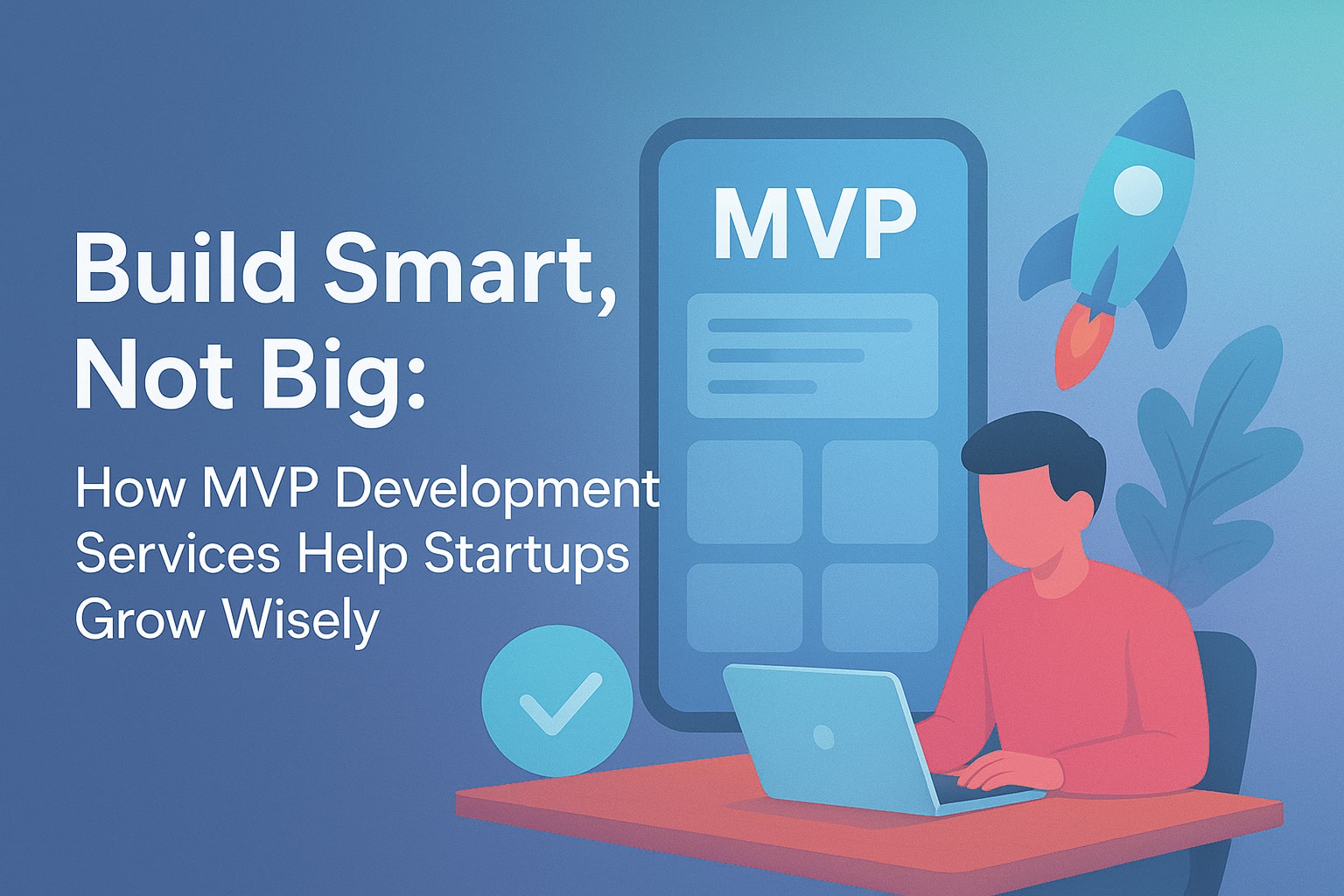
Build Smart, Not Big: How MVP Development Services Help Startups Grow Wisely
Your startup idea feels like it could change the world – but let’s be honest, ideas alone don’t pay the bills. You’ve got limited time, a tight budget, and a dozen things pulling you in different directions. The last thing you want is to spend months (and thousands of dollars) building something nobody needs. That’s…
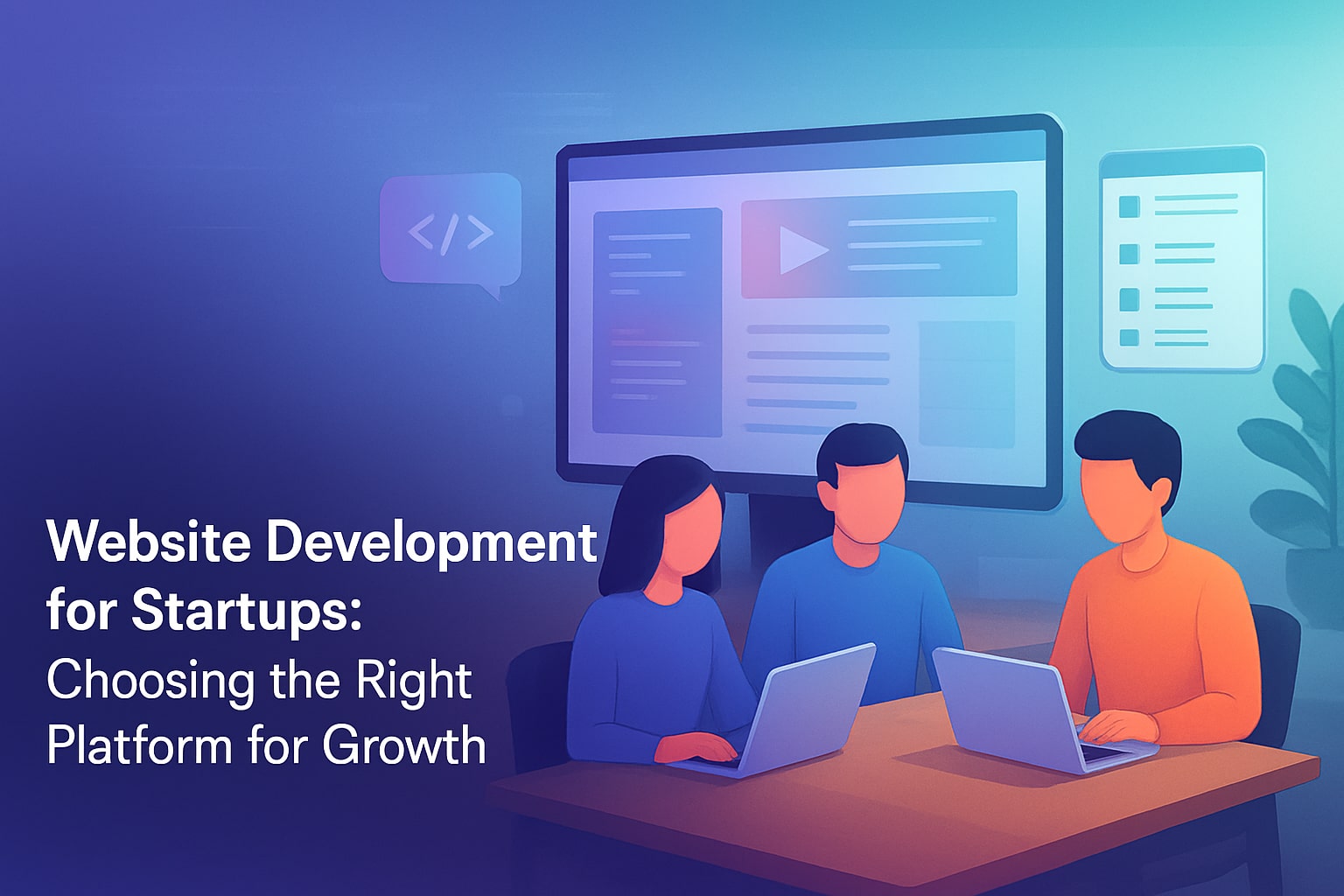
Website Development for Startups: Choosing the Right Platform for Growth
Your startup idea is ready to take off – but without a solid online presence, your audience might never find you. With millions of websites out there, building one without a plan can waste time, money, and energy. Smart website development for startups isn’t just about coding – it’s about building a platform that grows…
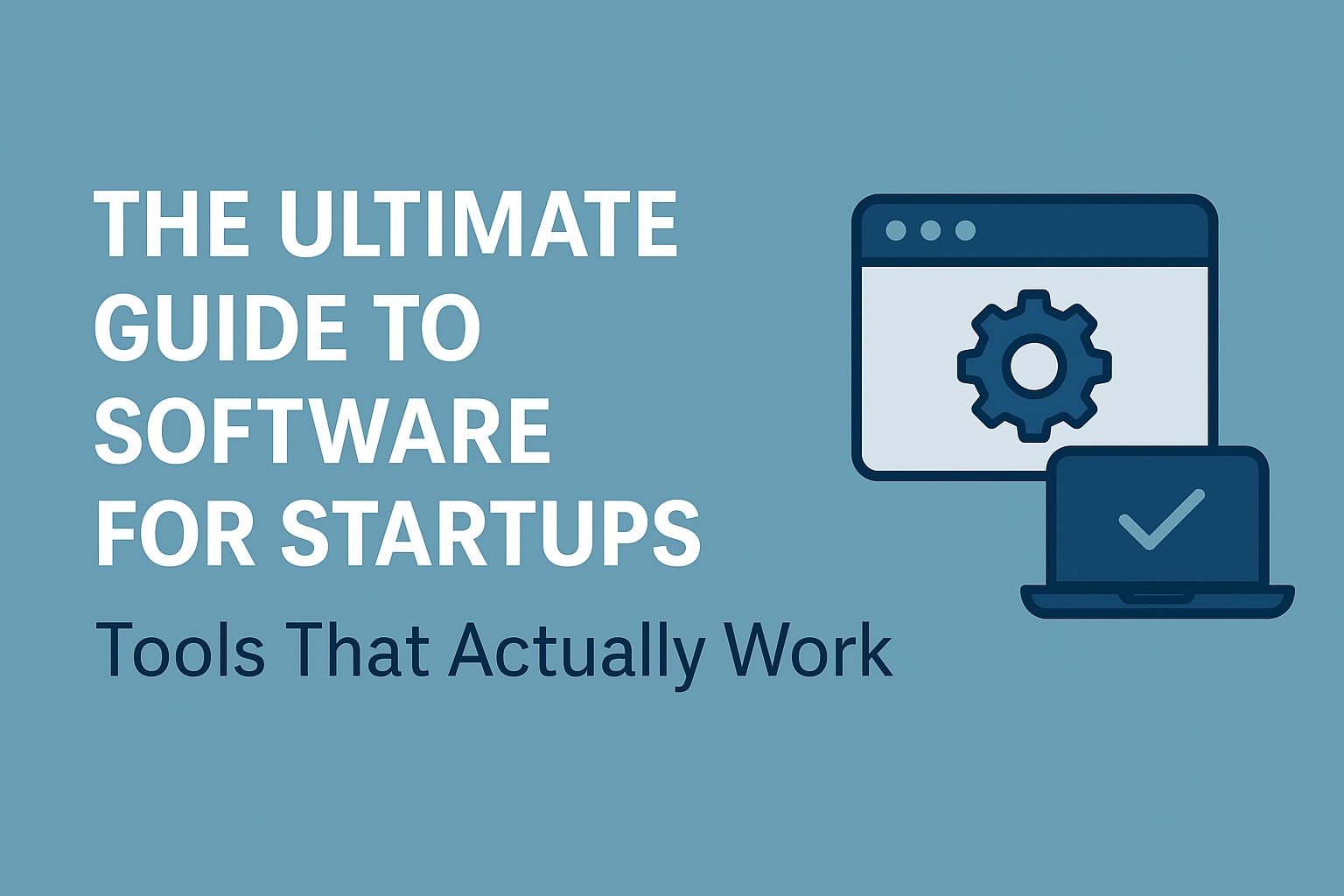
The Ultimate Guide to Software for Startups: Tools That Actually Work
Starting a startup? It’s exciting, but there’s a lot to think about: products, teams, marketing, and money. Founders often waste time finding CRMs, project tools, or accounting programs, only to find they don’t really work. In our last post we talked about how the right app can grow your startup and make new chances for…

